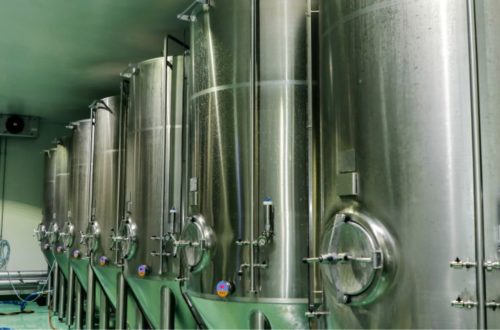How To Enhance Your Laboratory’s Productivity

Scientific research and development are two prime areas that keep scientists curious and propel them closer to incredible discoveries. Maximizing productivity in the lab doesn’t come easy, but the key is adapting to recent technologies and processes to improve efficiency and maintain a competitive edge. The focus here is on several key components that can enhance laboratory productivity, including workspace organization, optimizing equipment, automation, and workforce management.
Efficient Workspace Organization
A well-designed laboratory workspace enhances productivity by streamlining workflows and reducing the time spent looking for items or navigating between workstations. Developing a logical organization system for chemicals, reagents, and other supplies reduces wasted time and minimizes the risk of using expired or contaminated materials. Creating separate, dedicated areas for various tasks, such as sample preparation, analysis, and documentation, allows researchers to maintain focus and minimize interruptions.
Optimizing Equipment Utilization
Selecting and maintaining high-quality devices, such as gas regulators for research and development, is critical for accurate and efficient laboratory operations. Gas regulators are essential in ensuring the safe and proper delivery of gases for numerous laboratory processes. Investing in high-quality gas regulators improves safety and boosts laboratory productivity through accurate gas control and minimal downtime for maintenance.
In addition to selecting the appropriate equipment for each task, scheduling regular maintenance and calibrating the instruments is essential to improving experimental performance and accuracy.
Leveraging Automation
Automation technologies have drastically reduced manual tasks, minimized human error, and increased reproducibility. Automated instruments and software solutions assist in data workflow management, control equipment performance, and accelerate analysis. As information technology advances, integrating these systems with laboratory information management systems (LIMS) can facilitate data sharing, enhance collaboration between labs, and improve data quality.
Workforce Management
A skilled and well-trained workforce is vital for lab equipment efficiency. Another step in enforcing better workforce management is appropriately training staff in current techniques and technologies for maintaining new equipment or software. Regularly assessing the laboratory staff’s skills and identifying areas for improvement can build a strong foundation for quality research output.
Furthermore, fostering a culture of continuous improvement and encouraging collaboration between researchers can lead to innovative solutions and enhanced productivity in the laboratory.
Learning how to enhance your laboratory’s productivity is a multifaceted challenge, but the benefits of a successful approach are numerous. Laboratories can achieve heightened improvement in all areas by implementing these strategies, which ensures that researchers can remain focused on their investigations, leading to scientific advancements and meaningful discoveries for years to come.
Would you like to receive similar articles by email?





